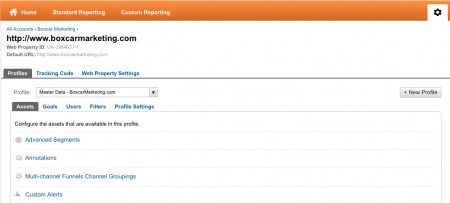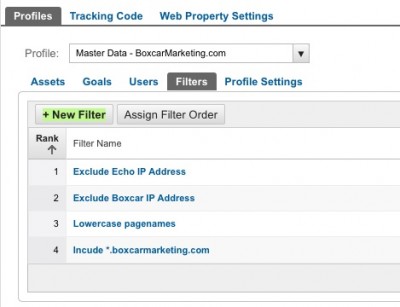If you’ve read our post on how to filter out your internal traffic in Google Analytics, you know that it’s important to filter out your internal traffic (employees, subcontractors) in order to avoiding skewing your data.
People who are working on your website are spending more time than the average visitor on the site and, since Google Analytics shows traffic behaviour as an average number, including this internal traffic distorts your data.
This Fall, Google has been implementing changes across it’s platforms. If you’ve logged in to Google Analytics in the last few months, you may have noticed a New Version link at the top of the page, where you can test out the new version of analytics. Google will be turning off their old version and replacing it with the new version of analytics very soon.
If you haven’t filtered out your internal traffic or have new employees or subcontractors to filter out, here’s how to filter out your internal traffic in the new version of Google Analytics.
Note: You need to be an Analytics Account Administrator to add and edit filters.
How To Exclude Internal IP Addresses In The New Version Of Google Analytics
1. Log in to Analytics. In your Account Home page, choose which profile you want to add a filter to.
2. You’ll be taken to the Standard Reporting tab. Click on the gear icon in the right corner.

3. Under the Filters tab, Click +New Filter

4. Make sure that Create new Filter for Profile is selected and choose a name for your filter that makes sense.
5. Next, you’ll need to figure out your IP address (or the address of the person you are excluding). To figure out your IP address go to If You’re Excluding a Static IP Address:
9. Under Filter Type select Custom Filter and choose Exclude > Visitor IP Address.
10. Enter your range of IP addresses. Note that Google uses regular expressions when referring to IP addresses. For help finding the regular expression for your range of IP addresses, use Google’s IP Address Range Tool.
11. Click Save.
Now in the Filters tab for that profile, your filter will be listed. If you need to edit your filter, you can do so by returning to this tab.


